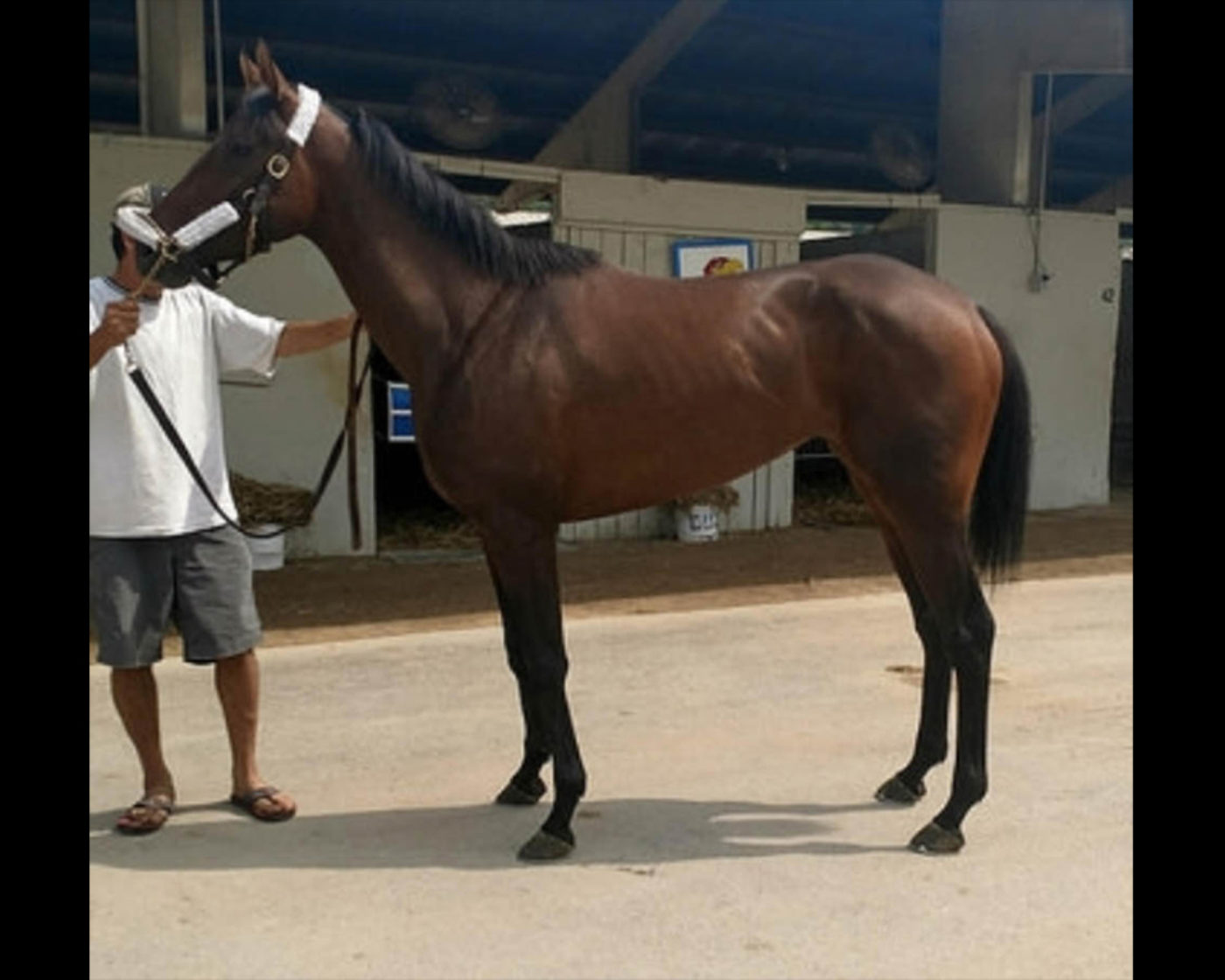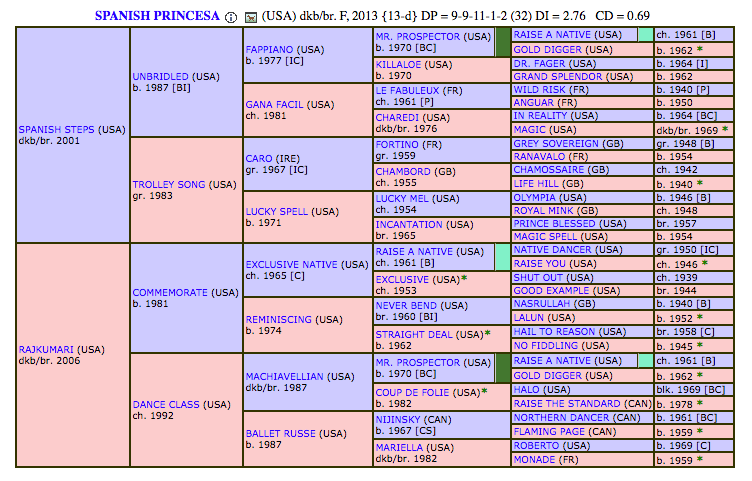Renew Your USEA Membership for the 2023 Season Today LEARN MORE

In this series, the United States Eventing Association (USEA) is partnering with Athletux to critique your off-the-track Thoroughbred (OTTB) eventing prospects. Professional riders and trainers will share their insights into each OTTB's pedigree, racing history, and conformation. Would you like to have your off-the-track Thoroughbred featured in the next edition of OTTB Critique presented by Athletux? We are looking for our next horse! Email your horse's photo and a video clip to info@athletux.com.
As the calendar changes from 2017 to 2018 you can count on one thing to say consistent - eventers will continue to rehome Thoroughbreds from the track and attempt to take them to the upper echelons of the sport. As far as plans go, it’s not a bad one. The natural athleticism of the Thoroughbred combined with the traits required for a racehorse tend to result in great eventing partners. So, if you find yourself with a new year’s resolution to add an OTTB to the family, you may find yourself asking just how to determine from one simple track photo if a horse is worth a second glance.
This month, Auburn Excell Brady of Excell Equestrian in San Juan Capistrano, California is here to evaluate a horse on just that criteria. Excell Brady has worked with numerous OTTBs through her partnership with TROTT, a non-profit that trains and rehomes OTTBs.
Spanish Princesa, owned by Genevieve Faith, is a 2013 mare by Spanish Steps out of Rajkumari. She raced at Belterra race track before being purchased by Faith for a new career in eventing. Excell Brady immediately noted that she looks like a nice horse. Stating that, in her view, “The first immediate impression I get of a horse is important, I want something that looks keen, which this mare does.”
She also expressed that the overall proportion of a horse is easily identified in a quick glance. A horse that looks proportionate through its body isn’t going to be as hard on itself in the long run, and will be more able to stand up to the rigors of eventing.
“Once I get down to really looking at the photo and examining closely, I tend to start at the feet and work my way up," said Excell Brady. "Check that the feet all look the same, no crazy angles or issues like a club foot or low heels. From there, check the legs. You want straight legs, nothing crooked or exceptionally toed-out or toed-in. This particular horse looks slightly over at the knee but it could be the way she’s standing in the photo. I’ve learned that a horse that is a tiny bit toed-out behind might move a bit better, but it needs to be slight. Anything excessive can result in a horse more easily injuring itself.”
After checking the legs, Excell Brady assesses some qualities that make a horse more rideable for her personally. “I’m tall, so I have a more difficult time riding a horse that has a short neck or is much under 16.3 hands. That’s purely personal preference though, someone shorter or who rides differently might not be as bothered by it. I also tend to pass on a horse that has a downhill build. This mare looks well-balanced, but for me a more downhill horse is more challenging to ride and hard to keep sound. I also don’t want one with a super long back, which comes back to the proportions of the horse.”
Auburn says she doesn’t get too worked up about the shoulder angle and hip angles in pictures unless something looks terribly off, but is more concerned with how they move. “From a photo like this I would definitely move forward and ask for video. In a video, or seeing a horse in person, I’m much more concerned about the walk and canter than the trot. A horse with a gorgeous, well-balanced, light canter, can have a horrible trot in my opinion, but the trot is something that can be more easily fixed, whereas a canter that’s balanced and floaty can’t always be trained. Make sure the horse is capable of tracking up with their hind ends, and that they move straight, no paddling.”
She also warned potential buyers to watch out for horses that have “heavy” way of going, ones that seem to stomp their way around. “A horse that hits the ground really hard is adding more concussion than necessary to already fragile body parts. You want them to look like they’re floating, not just because it’s more attractive but because their soundness depends on it.”

Through her work with TROTT, Excell Brady met Christine Boyd, who is a wealth of knowledge on Thoroughbred bloodlines. She took a look at Spanish Princesa’s pedigree and was impressed. “There are a lot of sires in here who are known for siring good jumpers: Hail to Reason, Caro, and Nijinski II. Machiavellian is Zenyatta’s grandsire through Street Cry, and Street Cry is really turning out to be a versatile sire.” Boyd also expressed admiration for Spanish Princesa’s sire, Spanish Steps. “He’s a full brother to Unbridled Song, and Unbridled Song is quite a sire. The pedigree on the whole is great, it looks like she’s quite nice, though I do see some potential for a fiery temperament.”
Fiery temperament aside, Christine and Auburn agree that Spanish Princesa is definitely the type of horse that would warrant a second look!
Auburn Excell Brady is an upper level event rider and ICP Level 3 Certified Instructor through the USEA. She is the owner and head trainer of Excell Equestrian in San Juan Capistrano, California. Learn more about Auburn on her website.